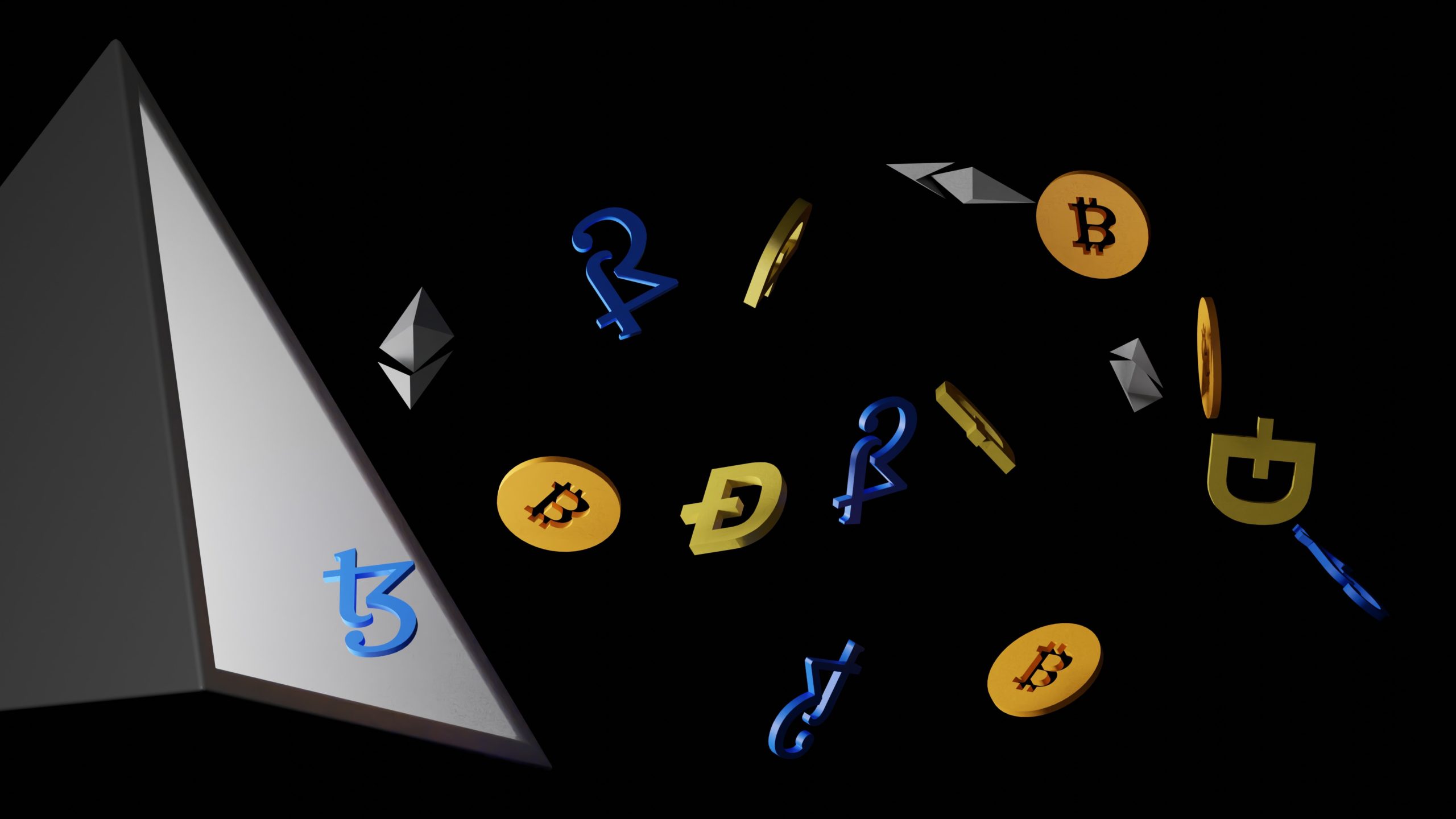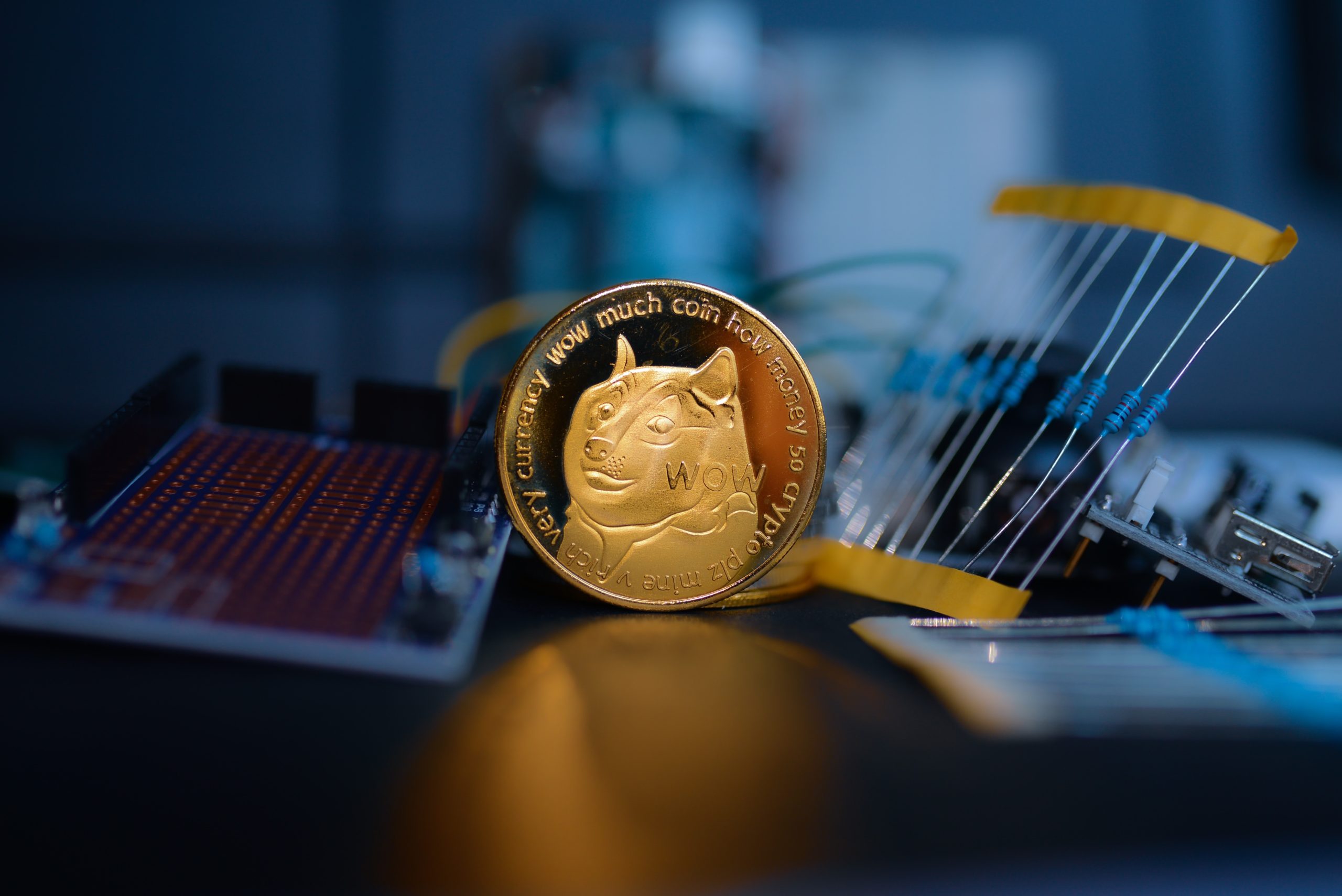In July 2016, the cryptocurrency Ethereum (ETH) experienced a hard fork, resulting in the creation of Ethereum Classic (ETC). Its primary function is to serve as a network for smart contracts, and it can host and enable decentralized apps (DApps). The ETC token is used internally by the platform. It has made an effort to differentiate itself from Ethereum since its inception, and as time passes, the two networks’ technology roadmaps diverge more and more from one another. The main objective of ETC was to guarantee that the ETH blockchain will continue to function in its current form after a significant hacking attack that cost 3.6 million ETH.

The creators of Ethereum Classic
The true creators”official” team associated with it in any way.
What makes Ethereum Classic Unique
Maintaining the blockchain in its original state without artificially resolving the DAO hack is the core objective. The legacy network’s appeal was first limited to individuals who disagreed with ETH’s response, but major investors like Barry Silbert, CEO of Grayscale Investments, now support it. Since ETC is a volunteer organization, its founders do not want it to turn into a for-profit corporation. Users pay transaction fees which are gathered by miners depending on work completed using the proof-of-work (PoW) mining algorithm. Though many developers are currently working on prospective enhancements like scaling possibilities, It does not have any plans to transition to a proof-of-stake (PoS) mining method.
Using Ethereum Classic (ETC)
ETC functions similarly to Ethereum (although the price of ETC and the price of Ethereum are drastically different). It is built on proof-of-work mining and smart contracts, however, it cannot be modified or integrated with the ETH core. This suggests that unless the community develops them concurrently and independently, these modifications won’t occur with ETC when ETH transitions from proof-of-work to proof-of-stake. Supporters of ETC claim that nothing will stop ETH from carrying out another hard split if another assault or corruption takes place in the future.
How to trade Ethereum Classic CFDs
A consumer has two options when buying ETC on the cryptocurrency market. They could start by obtaining legitimate cryptocurrency on exchanges, such as ETC, which they can keep after buying it on a website like Bitfinex. This is seen as a long-term investment since the investor holds onto their cryptocurrency coins until the price has climbed enough before selling them on an exchange. They might also trade contracts for difference (CFDs) on the cryptocurrency Ethereum Classic and forecast price differences. CFDs are financial products that involve a broker and an investor agreeing to pay the other the difference in security value between the trade’s beginning and closing. You may either wager on the price going up or down by going long or short (speculating that the price will fall). This is thought of being a short-term investment since CFDs are employed for shorter periods. You can, for example, trade contracts for difference (CFDs) based on Ethereum Classic by betting on the ETC/BTC pair.









